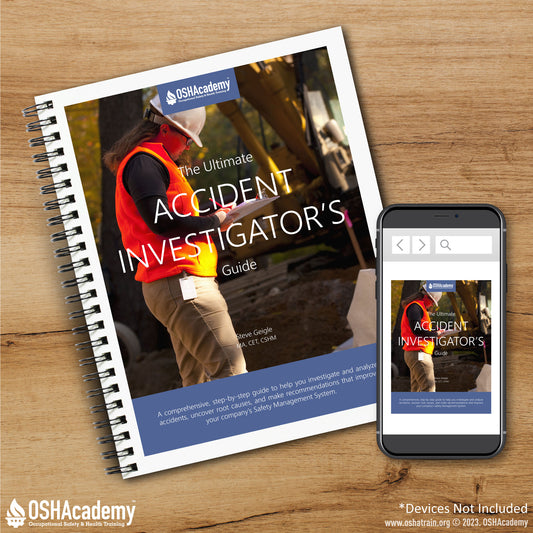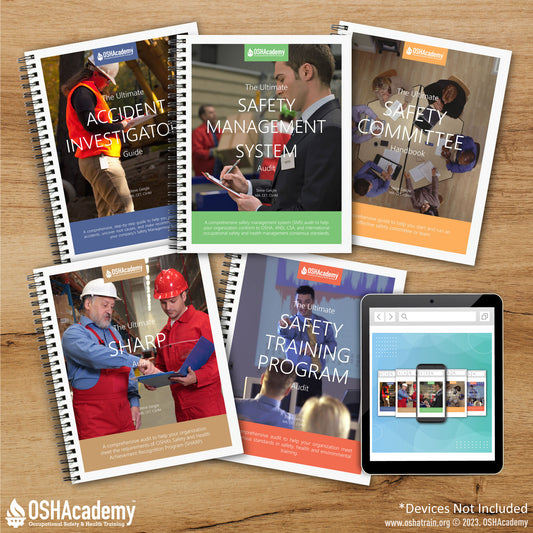
A Step-by-Step Guide to Identifying and Assessing Hazards in a Small Business
Share
By Abbie Geigle
As a small business owner, it is crucial to ensure the safety and well-being of your employees. Identifying and assessing hazards is a fundamental part of creating a safe work environment. Follow these essential steps to help you effectively identify and assess potential hazards in your small business.
Step 1: Gather information
Begin by gathering information about your workplace, equipment, materials, and processes. Collect documents such as equipment manuals, safety data sheets, and maintenance records. These documents will help you identify potential hazards associated with the equipment and materials used in your business.
Step 2: Conduct a walk-through inspection
Perform a thorough walk-through inspection of your workplace to identify potential hazards. Look for anything that could cause harm, such as:
- Obstructions or tripping hazards
- Poorly maintained equipment
- Inadequate lighting or ventilation
- Ergonomic issues, such as improper workstations
- Electrical hazards, such as exposed wiring or overloaded outlets
Be sure to involve employees in this process, as their first-hand experience and knowledge of the work environment can be invaluable in identifying potential hazards.
Step 3: Involve and consult employees
Your employees are often the most knowledgeable about the tasks they perform and the potential hazards associated with them. Engage your employees in the hazard identification and assessment process by encouraging open communication and providing opportunities for them to share their concerns and suggestions.
Step 4: Analyze tasks and processes
Examine the tasks and processes carried out in your workplace to identify potential hazards. Consider the following factors:
- The sequence of tasks performed
- The tools and equipment used
- The materials and substances handled
- The environment in which tasks are carried out
Identify any areas where hazards may arise and consider possible consequences, such as injuries or illnesses.
Step 5: Prioritize hazards
Once you have identified potential hazards, prioritize them based on the severity of potential harm and the likelihood of an incident occurring. This will help you determine which hazards need to be addressed immediately and which can be addressed later.
Step 6: Document your findings
Maintain a written record of the hazards identified, their potential consequences, and the actions taken to mitigate them. This documentation will be useful for future reference and can serve as evidence of your commitment to workplace safety in the event of an inspection or incident.
Step 7: Develop and implement control measures
For each identified hazard, develop appropriate control measures to eliminate or minimize the risk. This may include implementing engineering controls (e.g., machine guards), administrative controls (e.g., safe work procedures), or personal protective equipment (PPE). Continuously monitor and evaluate the effectiveness of these control measures and make adjustments as needed.
Step 8: Regularly review and update
Conduct regular inspections and reviews of your hazard identification and assessment process to ensure its effectiveness. As your business evolves, new hazards may arise, and existing hazards may change. Continuously refining your process will help ensure the ongoing safety of your employees.
By following these steps, you can create a safer work environment for your employees and reduce the risk of accidents and injuries in your small business.




11 comments
i like this cours
This summerised front to end of dealing with hazards.
Thanks job well done , identify your hazard, are first step to control them.
Thanks job well done , identify your hazard, are first step to control them.
is welll